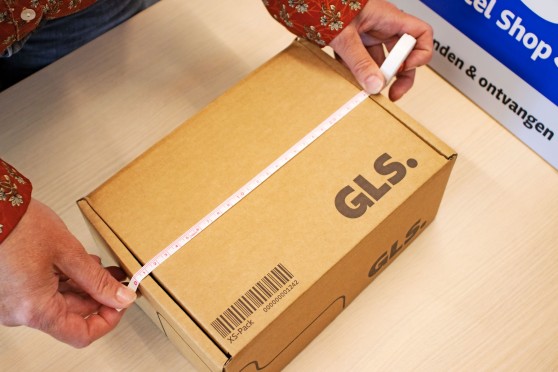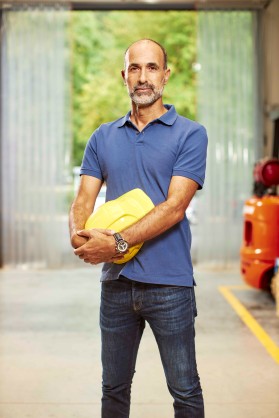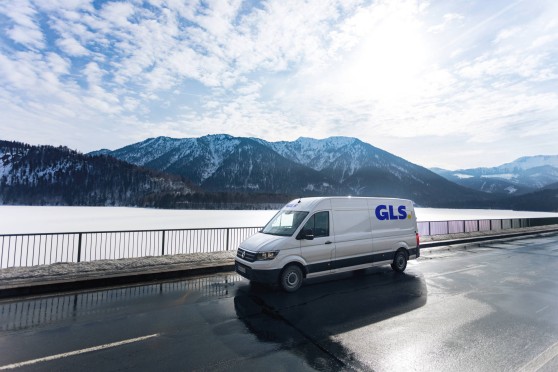Parcel dimensions
GLS uses an automated sorting system for fast and economical delivery. Parcels must therefore meet certain conditions. A parcel may have a maximum girth (1 x L + 2 x W + 2 x H) of 300 cm and a maximum length of 200 cm, width of 80 cm and a maximum heigth of 60 cm. For shipments sent from a GLS Parcel Shop, a maximum length of 120 cm applies. In addition, a parcel may weigh a maximum of 32 kilos. See also the GLS Netherlands General Terms and Conditions for further parcel terms and conditions.



